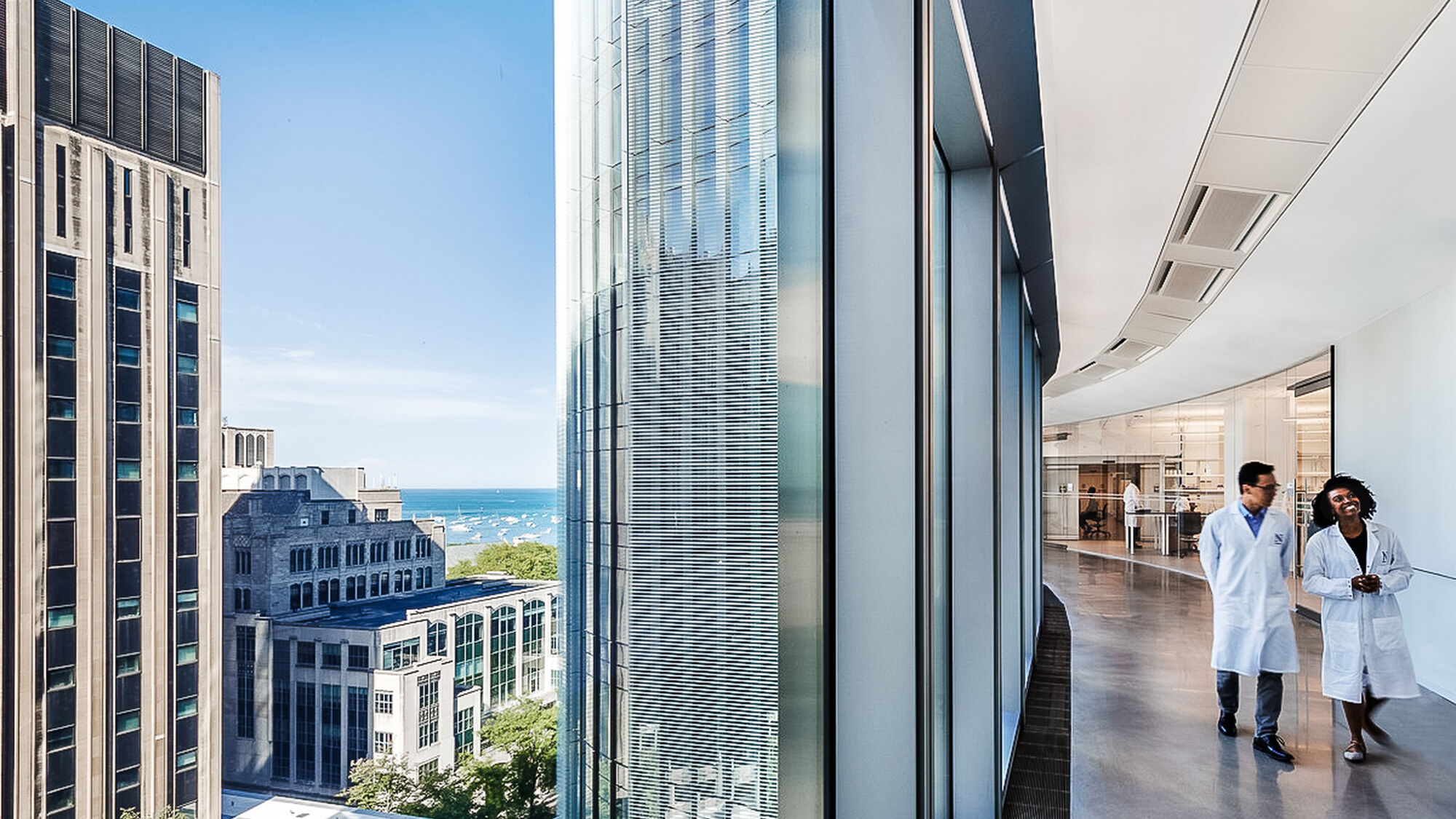
AEI Speakers Reflect on 2021 I²SL Annual Conference
Dedicated to the advancement of sustainable laboratory and high-tech facility design, engineering, and operations, the International Institute for Sustainable Laboratories’ (I²SL) Annual Conference provides a global platform for knowledge sharing, education, and networking in pursuit of this mission.
As a proud supporter of I²SL, AEI shares a deep commitment to fostering continued human progress through high-performance engineered systems and design. Joining a diverse panel of industry experts at this year's conference, we are pleased to highlight key insights and takeaways from the following presentations hosted by AEI thought leaders.

Each lab floor at the SQBRC is designed to accommodate varying research neighborhoods — referencing themes of collaboration, connection, and interaction.
Northwestern University SQBRC: Data-Driven Validation of High-Performance Design
An embodiment of energy efficiency and environmental stewardship, the Northwestern University Feinberg School of Medicine's Louis A. Simpson and Kimberly K. Querrey Biomedical Research Center (SQBRC) is designed to foster scientific breakthroughs in highly sustainable laboratory settings.
Steve Dowd, a project manager within AEI’s Building Performance team, joined Northwestern representative Jay Baehr to discuss key challenges and lessons learned from the SQBRC project — a highly complex medical education and research facility situated within downtown Chicago.
“It was great to present with Jay and refreshing to see and engage with people in a new context. Given the complex makeup of larger institutions — such as Northwestern University — it can be difficult to ‘sell the savings’ associated with certain design strategies. For example, designing to save on annual energy costs could benefit one department, but burden another by increasing staff requirements. We, as consultants, should be mindful of how our clients’ organizations are structured so we can implement the most efficient design strategies from a holistic perspective.”
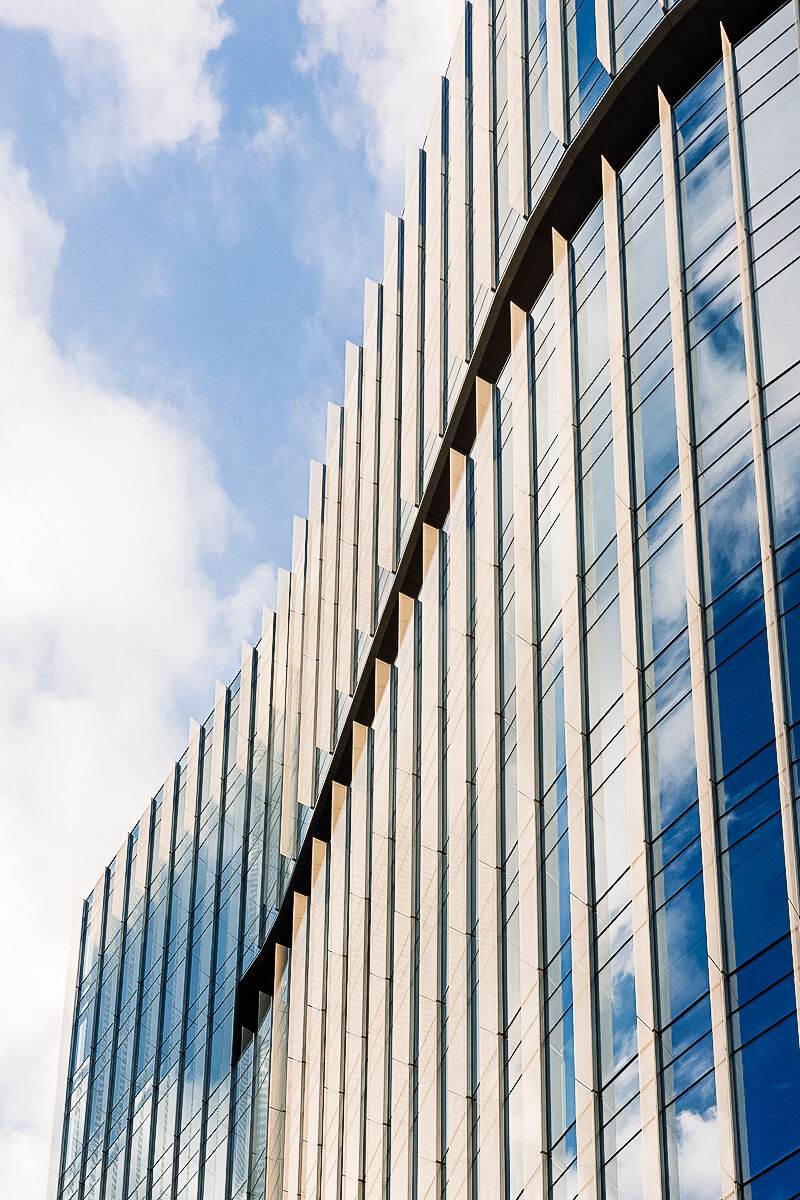
Exterior view of Northwestern University's new Simpson Querrey Biomedical Research Center.
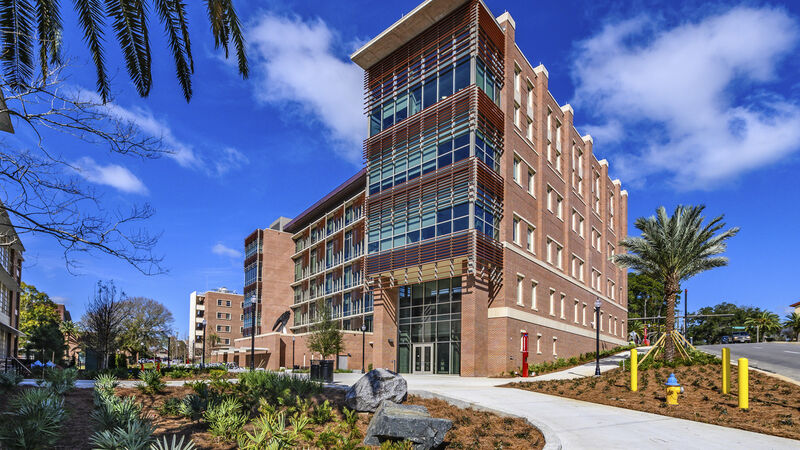
Often characterized by competing program types, designing efficient academic research laboratory environments requires an integrated approach, balancing program needs with institutional goals as a whole.
Revitalizing Lab Buildings: Florida State University Breathes New Life Into Existing Lab Systems
As part of a system-wide strategy to improve energy performance, enhance operational efficiency, and provide long-term sustainability, Florida State University (FSU) embarked on an expansive retro-commissioning effort targeting two existing laboratory facilities.
Engaged for our deep expertise, pragmatic approach, and proven commissioning services, this commissioning-focused session — presented by AEI Mechanical Engineer Tyler Dykes and FSU Executive Director of Utilities, Maintenance, and Engineering Jim Stephens — offered insight into the overall project process, including the planning and assessments, challenges and solutions, implementation, and lessons learned.
Adaptive Reuse: Carving a Warehouse into a Leased Lab Facility
Given increasing space limitations and escalating land values in today’s highly competitive market, adaptive reuse is often a favorable solution in laboratory and research facility design.
In this intriguing I²SL session highlighting renovation projects, AEI Senior Mechanical Engineer Ron Edwards and Perkins+Will Architect Diego Rozo discussed a prominent, North Carolina-based, developer-owner-tenant project that required innovative solutions and space utilization strategies to repurpose an existing warehouse into a modern biomedical research lab.
Emphasizing critical path items, the two experts shared insight on navigating the challenges associated with adaptive reuse, from coordination with multiple project entities — owners, designers, developers, tenants, contractors — to aligning accelerated project schedules with strict owner budgets.
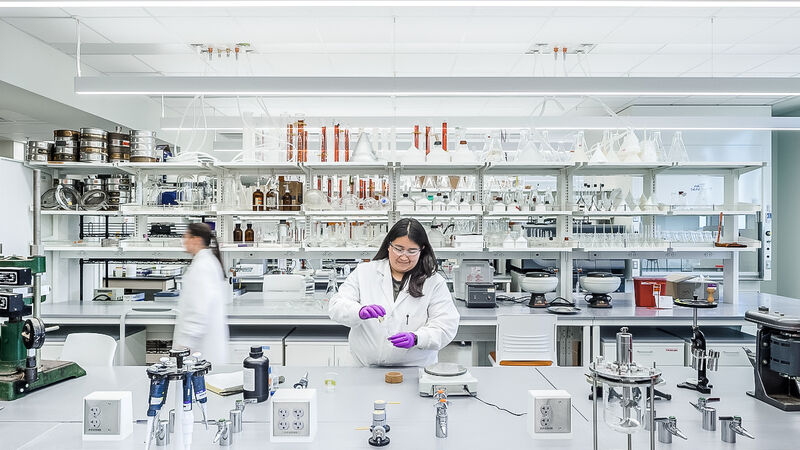
With escalating construction costs and real estate values, adaptive reuse can serve as a viable — and highly desirable — option for implementing state-of-the-art R&D environments within the context of existing facilities.
“The conference had a very powerful plenary session that really challenged the audience to think about our roles in ensuring equality in our fields.”
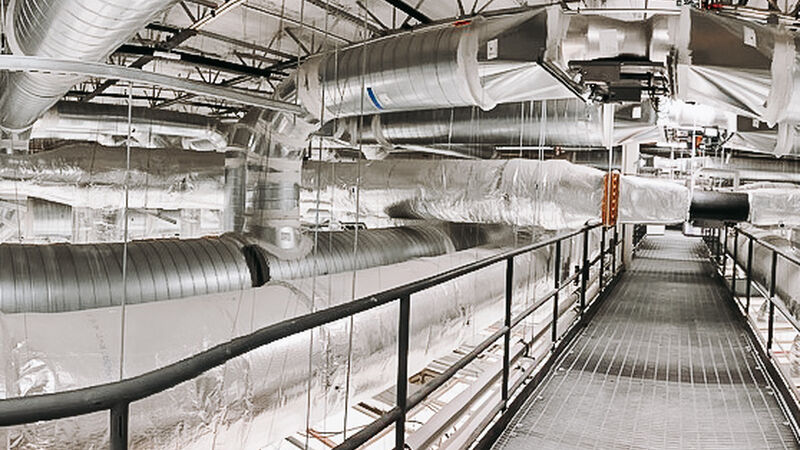
An interstitial view from the catwalk in this adaptive reuse project.

Integral to successful energy-related research and development are advanced laboratory environments capable of accommodating highly sensitive testing criteria.
Lithium-Ion Batteries: Laboratories and Manufacturing
As scientific innovation continues to accelerate discovery and human progress, emerging technologies — though revolutionary — also prompt the need to re-evaluate and refine current laboratory and testing processes and protocols.
With a focus on the automotive and utility grid industries, AEI Principal Kevin Krause share the latest in lithium battery research and development labs and manufacturing facilities, including mitigation of thermal runaway hazard, meeting stringent dry room design requirements, and understanding opportunities for sustainability.
Energy Targets: Labs, Architecture, and the Campus Conundrum
When it comes to achieving Energy Use Intensity (EUI) targets in campus settings, not all space types are created equal. Though energy-efficient design measures may benefit one program area, academic research labs differ significantly in space requirements, from fume hood airflows to lighting and acoustical controls. To meet campus-wide energy goals, design teams must effectively achieve balance between these competing program elements.
Providing expertise in how to approach and navigate these challenges, this I²SL session — presented by AEI Mechanical Engineer Thomas Vu in association with Flad Architects’ Andrew Cherry — not only highlights the importance of EUI targets and their impact on campus design but the need for rigorous early planning and energy modeling to inform a holistic understanding.
“The challenge with attaining large reductions in lab energy is not technology — it's culture.”